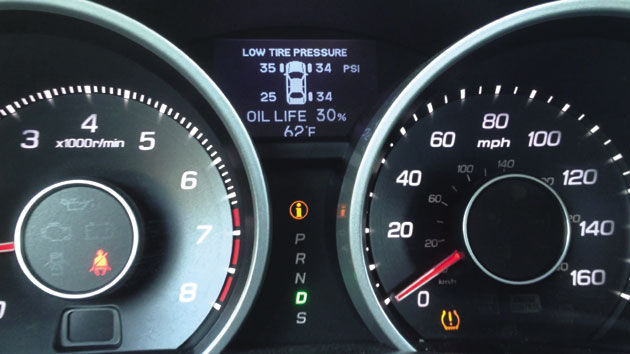Hide Show
If you've recently purchased a new or late-model Toyota, your vehicle is likely equipped with Toyota's Tire Pressure Monitoring System (TPMS). Continue reading this blog to learn more about what to do when your TPMS turns on and when to visit our service center.
When you're driving around Kalamazoo, you may see an indicator light for the TPMS appear in the instrument display. If this happens, you will also see an accompanying TPMS warning message appear in the Multi-Information Display.
If this indicator light remains on as you're driving around, then that means that your Toyota's TPMS detects seriously low tire pressure in at least one of your tires. This warning can be triggered by several things, such as harmless reasons like rotating tires, switching tire sizes, and changing tire pressures. But your TPMS being triggered may mean that you could have a slow leak or another serious problem on your hands.
If your TPMS is triggered, you should pull over to the nearest place where a tire air pump is available, such as a gas station. Check all your tires to find the one(s) that need air and fill according to your vehicle's requirements.
It's important to note that you should not rely solely on the Tire Pressure Monitoring System in order to gauge your tires' health. Since the TPMS alerts you when your tire pressure is critically low, you should take steps to avoid this warning at all. Inspect your tires regularly to ensure that they have enough air and are undamaged.
To reset your Toyota's TPMS, make sure that your tires are filled with the right amount of air. Next, turn your engine on and press the reset button, which is usually found low and to the right of the steering wheel. Then, you can hold down the button until the TPMS indicator light slowly blinks three times.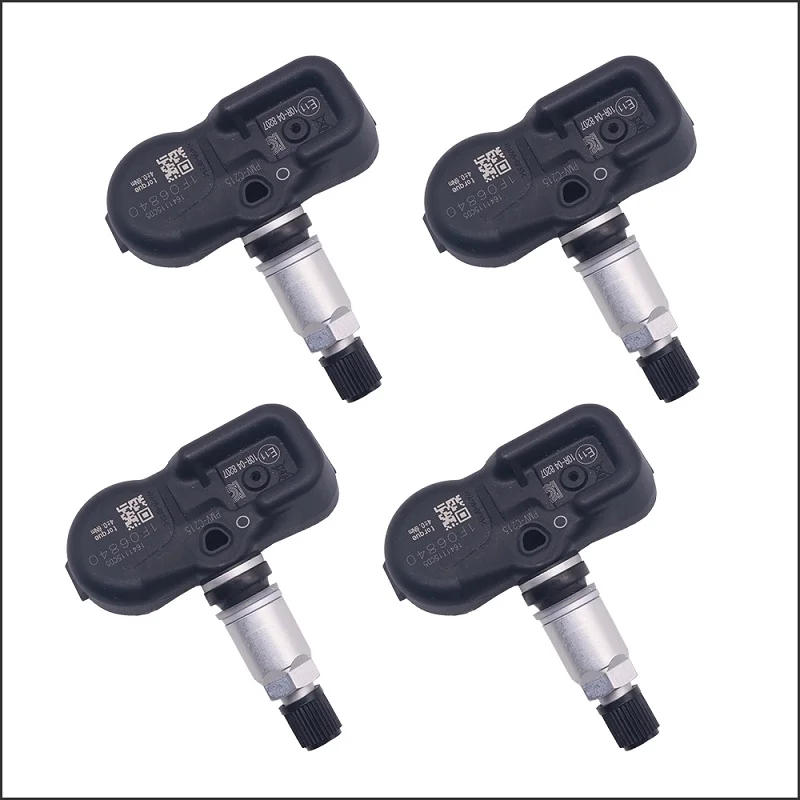 After that, wait for several minutes with the engine running, then turn the engine off.
After that, wait for several minutes with the engine running, then turn the engine off.
If the light comes on and blinks when you start the car, something in your Toyota may not work properly. If that's the case, come down to Metro Toyota's service center to get an inspection.
Categories: Social, News, Service, Parts
Tags: Toyota Parts, Toyota, TPMS, Tire Pressure Monitoring System, Toyota Service Center, toyota service
Toyota has installed direct TPMS united in the following Toyota and Scion models:
4 Runner 2004-12
Avalon 2007-13
Camry 2007-15
Corolla 2007-09
FJ Cruiser 2008-15
Highlander 2007-15
Land Cruiser 2005-15
Matrix 2007-13
Prius 2006-15
Rav4 2006-15
Scion tC 2007-15
Sequoia 2004-15
Sienna 2006-15
Solara 2007-09
Tacoma 2005-15
Tundra 2005-15
Venza 2009-15
Yaris 2008-15
The direct TPMS system for the Toyota vehicles listed here uses a button labeled “SET” located below the steering column or in the glove box to reset the system. When you press the button, the system looks for the sensor IDs that are already stored in the memory.
When you press the button, the system looks for the sensor IDs that are already stored in the memory.
SET button procedure should be used when rotating tires that have different inflation pressures on front and rear.
This button is not a magic button that saves you from purchasing TPMS tools and investing in training. In fact, this button can get you into even more trouble if you are unfamiliar with TPMS sensors and reset/relearn procedures.
1. Park the vehicle in a safe place and turn the ignition switch to the “Lock” position.
2. Adjust the pressure of all installed tires to the specified cold tire inflation pressure level. Consult the vehicle placard, either on the driver’s door jamb or in the owner’s manual.
3. Turn the ignition key to the “On” position.
4. Push and hold the tire pressure warning reset switch until the tire pressure warning light blinks slowly three times.
5. Leave the key in the “On” position for a few minutes, and then turn the ignition key to the “Lock” position.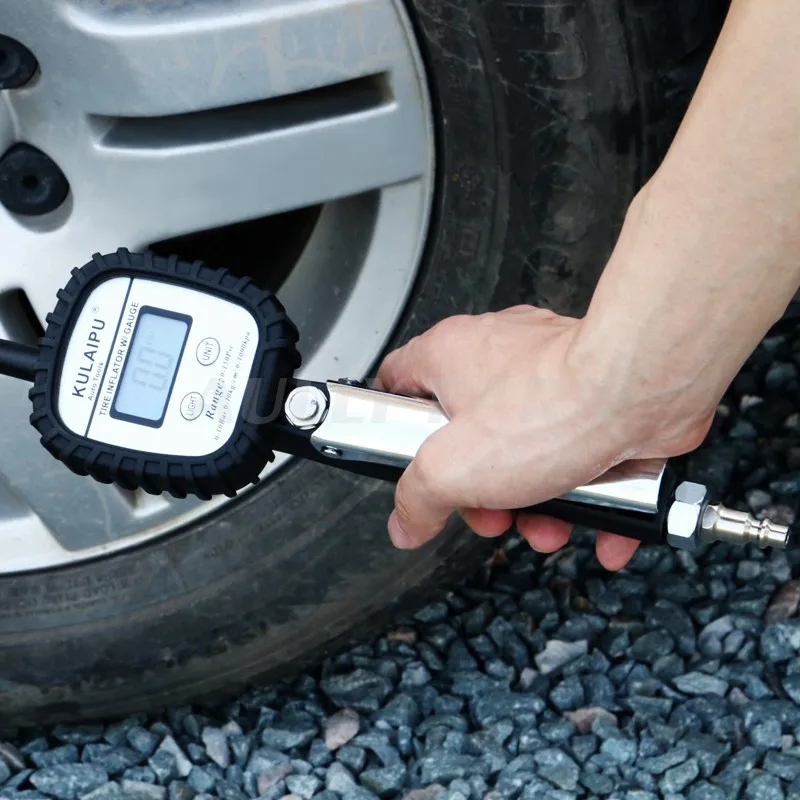
Typically, systems use a light on the dashboard and do not display individual pressures (some 2010 models display pressures in the driver information area on the dashboard). When the vehicle is started, the light should illuminate for three seconds and go out, signifying that the system is functioning normally. If the light stays on, it means that the system has detected low inflation pressure in one or more tires. The inflation of all the tires (sometimes including the spare) should be re-checked.
If the light flashes for one minute after the ignition is turned on, or it continues to flash, it is a sign the system has a malfunction that needs to be diagnosed and corrected. On some models, the frequency and length of the flashes can be used to diagnose a problem.
The SET button procedure should be used when rotating tires that have different inflation pressures on the front and rear tires, when changing or adjusting the tire inflation pressure, when changing tire size, or when tires are replaced.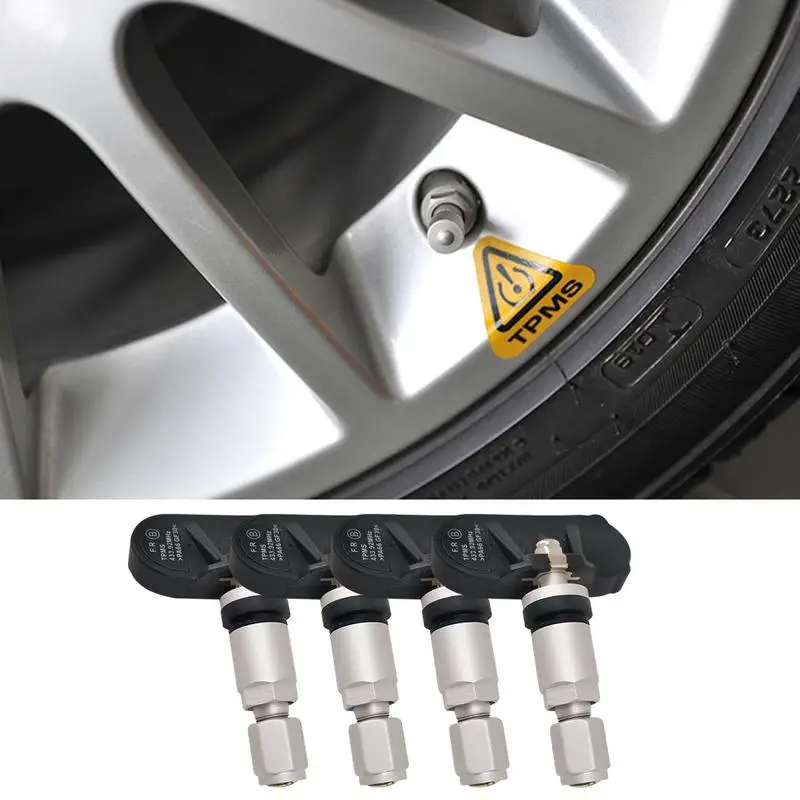
If you push the button while the vehicle is moving, initialization is not performed.
If you push the tire pressure reset switch accidentally and initialization is performed, adjust the tire inflation pressure to the specified level and initialize the system again.
If the tire pressure warning light does not blink slowly three times when you push and hold the reset switch, initialization has failed and the TPMS may not work properly. In this case, initialize the system again.
Land Cruisers have a “MAIN/2nd” switch. This allows the owner to have two different sets of tires and wheels with two different sets of TPMS valve/sensor ID numbers. For example, the second set could be used for winter tires.
click to enlarge
If there is a problem with one or more of the sensors communicating with the TPMS module during the reset procedure, it could go into a “looping” mode where it locks out the use of the SET button, and the TPMS light will flash. The system is now stuck in this looping mode, and no matter how many times you press the SET button or cycle the ignition, the light will continue to flash.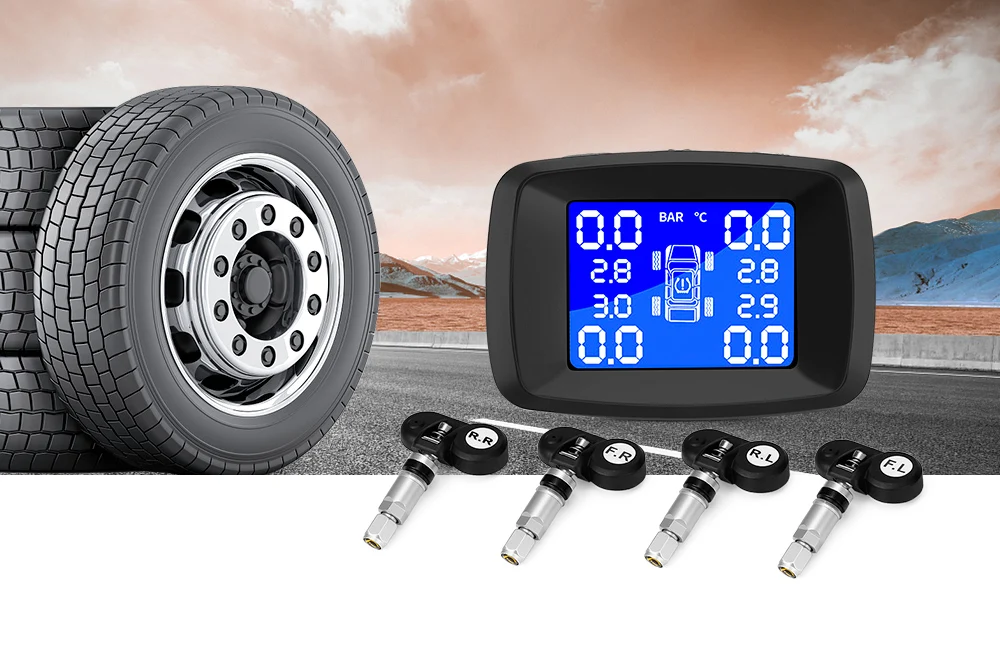
The only way to stop the looping – the system looking for sensor IDs that may not be in the memory – is to perform a procedure that puts the system into a learn mode (see sidebar).
Certain Toyota and Scion models have indirect TPMS systems. These include:
Scion tC 2005-06
Corolla 2005-06
Matrix 2005-06
Solara 2004-06
Highlander 2004-06
Rav4 2004-05
The rest procedure starts with turning the ignition key to the ON position (but don’t start the engine), then press and hold the RESET button until the flashing TPMS warning light goes off. Or, if it is not flashing, hold the RESET button until the light flashes three times. Once that happens, turn the key off.
The relearn procedure is not complete until the vehicle is driven at 19 mph or faster for at least one continuous hour.
Toyota uses either Pacific or TRW sensors and modules as OE. The system monitors more than pressure and temperature, it also looks at the wheel speed sensor, engine RPM and other inputs to make sure the system is operating within set parameters.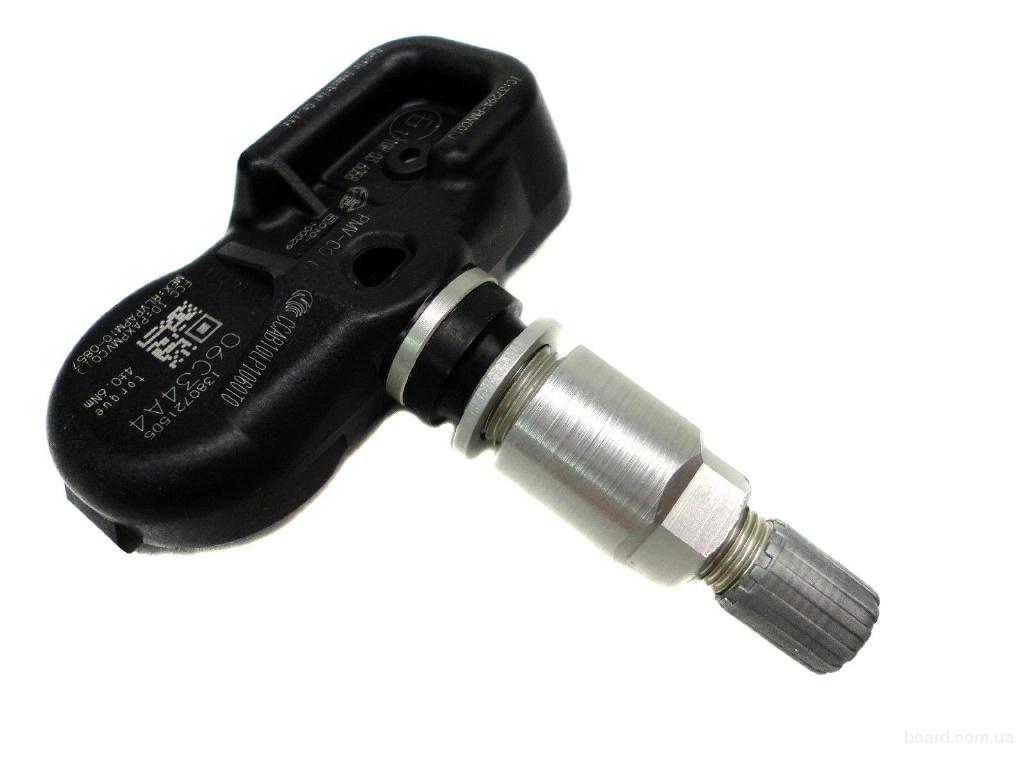 If the vehicle has problems with any of this information that is shared along the CAN-BUS, it will not function properly.
If the vehicle has problems with any of this information that is shared along the CAN-BUS, it will not function properly.
Whenever you replace a sensor, module or install a second set of wheels, the new IDs for the sensors must be programmed into the system through the OBD-II connection. The ID numbers can be found on the sensors.
Sometimes it is not until the tire is installed on the wheel that techs realize they now need the ID numbers. Some dedicated TPMS tools can collect the ID number by either capturing the periodic transmissions from a sensor or by activating the sensor by letting pressure out of the tire so that the pressure drops 6 psi within 30 seconds.
After you have the sensor ID numbers, it is just a matter of following the directions on whatever tool you are using and inputting the ID numbers. Some tools make it easier than others, and some will even tell you if you have to collect an ID number from the spare.
In this article:TPMS
This system is designed to alert the driver of low tire pressure.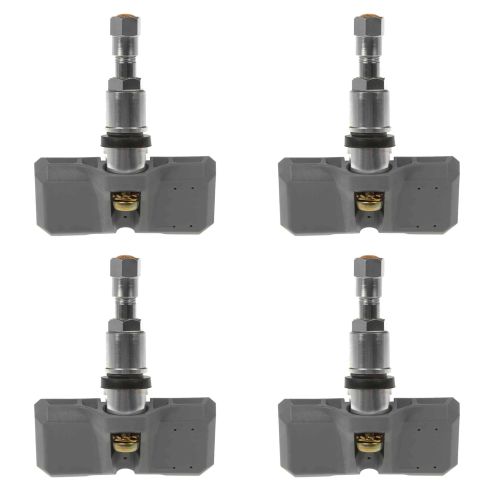 If, while driving, a pressure drop in one of the wheels is detected, the corresponding indicator lights up on the instrument cluster, indicating the need for immediate pressure adjustment.
If, while driving, a pressure drop in one of the wheels is detected, the corresponding indicator lights up on the instrument cluster, indicating the need for immediate pressure adjustment.
1. How it works.
The tire pressure monitoring system (TPMS - Tire Pressure Monitoring System), used on Toyotas, refers to "indirect" action schemes and functions as part of ABS, which is able to perceive a constant difference in wheel speed (a flat tire has less rolling radius and therefore rotates slightly faster).
But such a TPMS cannot simply compare the speed of one individual wheel with the rest, since the car does not move in an absolute straight line very often, in any corners, the outer wheels will always travel more than the inner ones, and the front wheels more than the rear ones. Therefore, a conventional control system adds the speeds of each two diagonal wheels, calculates the difference between these sums, and divides it by the average speed of all four wheels. If the obtained ratio differs from the set one, then the system diagnoses the change in pressure, but it cannot identify a specific tire.
If the obtained ratio differs from the set one, then the system diagnoses the change in pressure, but it cannot identify a specific tire.
The disadvantages of this scheme are:
- impossibility to determine a sharp drop in pressure;
- the inability to determine simultaneously the pressure drop even in two wheels located on the same side or the same axle, not to mention all four wheels;
- the dependence of the system performance on the degree of wheel slip, the condition of the rubber and the vehicle load;
- actuation in case of pressure drop not less than 25-30%;
- the need for long-term calibration (pre-setting).
In this regard, Toyota used in parallel a second method of pressure control using ABS. The fact is that the tire and the rim actually represent an oscillatory circuit, the characteristics of which directly depend on the elasticity of the tire, and hence the pressure in it (meaning the circular vibrations of the tire in the direction of rotation).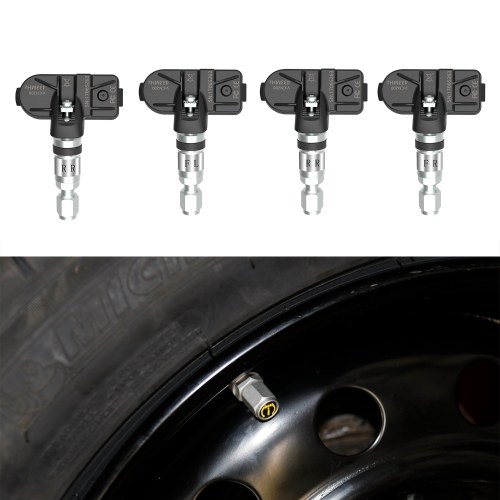 It turned out to be possible to isolate the frequency of these oscillations from the signal of the wheel speed sensor, and to judge the pressure drop by its change.
It turned out to be possible to isolate the frequency of these oscillations from the signal of the wheel speed sensor, and to judge the pressure drop by its change.
However, TPMS has a noticeable inertia - in order to detect a flat tire, you need to drive a considerable distance (sometimes up to 20-30 km), you will have to go a long way even after normalizing the pressure so that the indicator goes out.
2. Development.
This system was introduced by Toyota in the second half of the 1990s. As you can see, it was used mainly on models of the Corolla family and large rear-wheel drive cars, ranging from class E and above.
But it seems that the Japanese cooled off quite quickly to this scheme, so today they have abandoned its use on most models, including the Corolla 120 of the later years of production.
| Model | Series | Release |
| Corolla | #E10# | 04.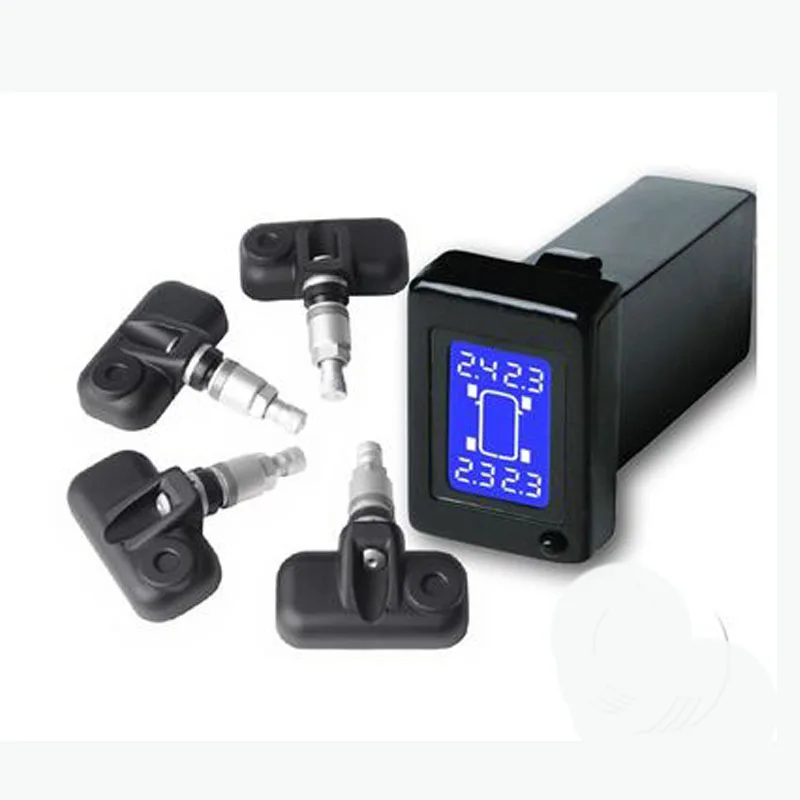 1997-04.1998 1997-04.1998 |
| Corolla/Sprinter | #E11# | 04.1997-04.1998 |
| Corolla | AE100, AE104, CE101 | 04.1998-08.2000 |
| Corolla/Sprinter | AE110, AE114, CE11#, EE111 | 04.1998-08.2000 |
| Sprinter Carib | AE11# | 04.1998-07.2002 |
| Corolla Levin/Sprinter Trueno | AE11# | 04.1998-08.2000 |
| Corolla Spacio | AE11# | 04.1998-05.2001 |
| Corolla / Corolla Fielder | CE121, NZE12#, ZZE122, ZZZE124 | 08.2000- |
| Corolla Runx/Corolla Allex | NZE12#, ZZE122, ZZE124 | 01.2001- |
| Corolla Spacio | NZE121,ZZE12# | 05. 2001- 2001- |
| Mark II | JZX101 | 09.1996-08.1998 |
| Mark II | JZX100, JZX101 | 08.1998-10.2000 |
| Mark II / Mark II Blit | JZX110 | 10.2000- |
| Chaser / Cresta | JZX101 | 09.1996-08.1998 |
| Chaser / Cresta | JZX100, JZX101 | 08.1998-06.2001 |
| Crown / Crown Majesta | JKS175, JZS171, JZS175, JZS177, UZS171, UZS175 | 09.1999-2005 |
| Century | GZG50 | 04.1997- |
| Celsior | UCF3# | 08.2000- |
3. Indicator.
There are at least two options for indicators on the instrument cluster - ISO K11 and K10.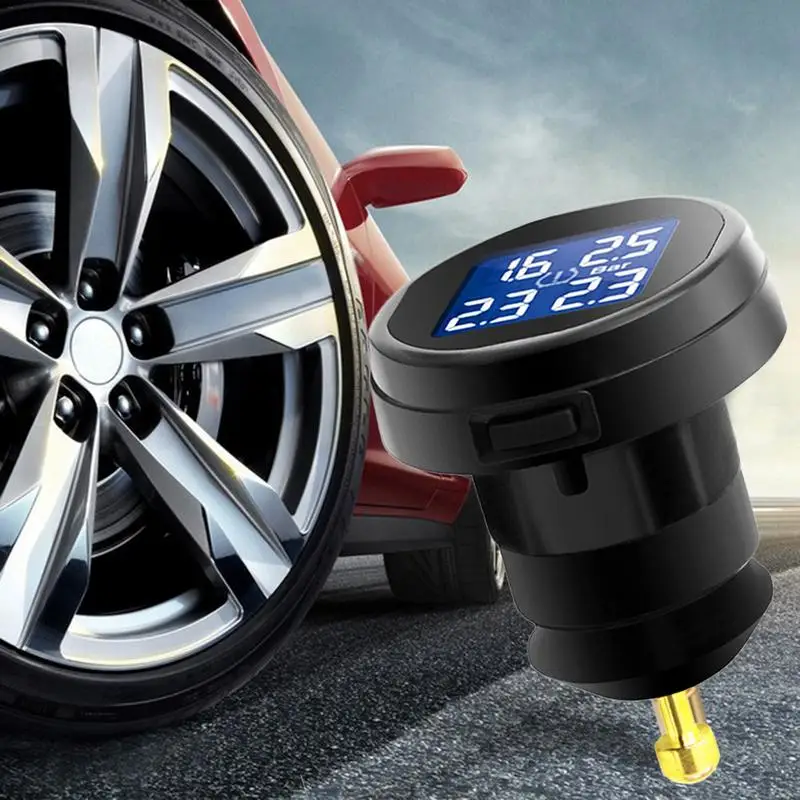 The most famous of them, of course, is the first one - the "horseshoe with arrows". By the way, in the Western world with these indicators there is a similar problem - "what kind of light bulb is this?" - according to surveys, most of the drivers there do not understand their meaning.
The most famous of them, of course, is the first one - the "horseshoe with arrows". By the way, in the Western world with these indicators there is a similar problem - "what kind of light bulb is this?" - according to surveys, most of the drivers there do not understand their meaning.
A good indicator should come on when the ignition is turned on and go out after 3 seconds. If the system has detected a drop in tire pressure, then in order for the indicator to go out, after normalizing the pressure, it is necessary to drive a certain distance at a speed of at least 30 km / h. The indicator is powered directly from the output of the ABS control unit.
The principles of the system allow for the possibility of its incorrect operation (the indicator does not light up at low tire pressure or, conversely, it lights up at normal) under the following conditions:
- tires of non-recommended size are used,
- tires of different sizes or models are installed on different wheels,
- wheels have different grip,
- used spare wheel - "dokatka",
- used wheels with snow chains,
- tire pressure significantly exceeds the nominal,
- the pressure in the tire has dropped sharply due to a puncture,
- the system has not been pre-configured,
- the car is moving on a rough or icy road,
- the vehicle is moving at a speed below 30 km/h,
- for short trips (up to 5 minutes).
If the indicator stays on at normal pressure and in the absence of these conditions, this may indicate a malfunction of the TPMS itself.
4. Presetting.
Adjustment must be carried out after any work related to the replacement of wheels and tires (rims), otherwise the system will not be able to function normally. The adjustment procedure is shown below (preliminary pressure in all four wheels must be correctly adjusted).
Type 1 - models without setting button and with DLC1 connector (early version)
1) Turn on the ignition.
2) Connect the terminals "TS" and "E1" of the diagnostic connector DLC1 under the hood.
3) After 30 seconds, depress and hold the brake pedal until the system indicator flashes 3 times at 2 second intervals.
Type 2 - Set Button Models with DLC1 Connector (Transition)
Note.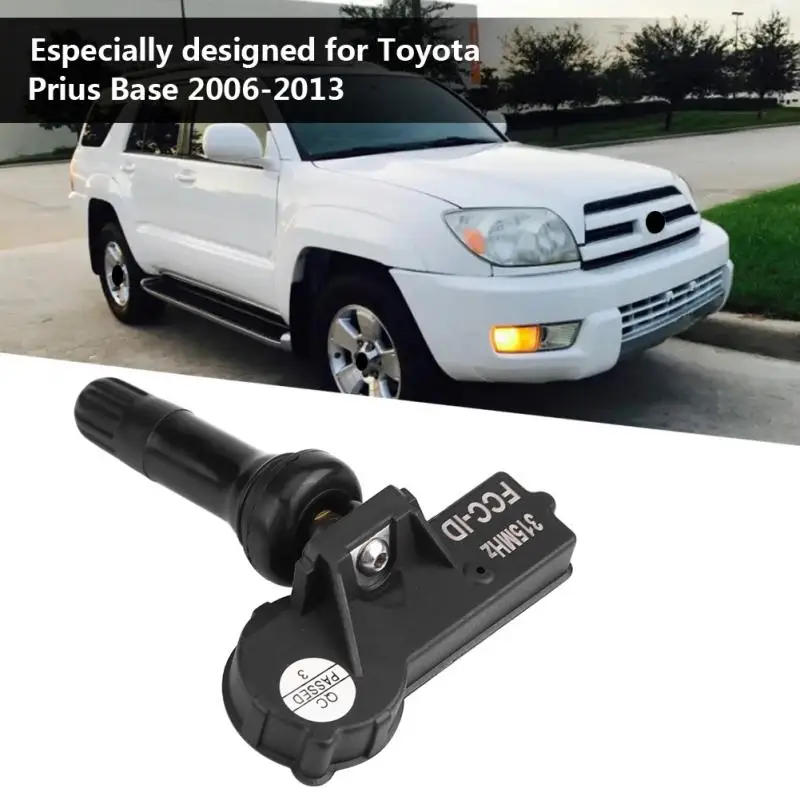 The installation buttons have several design options - with a pictogram, with an inscription or nothing at all, but differ in their characteristic shape and location - at the bottom of the instrument panel on the driver's side.
The installation buttons have several design options - with a pictogram, with an inscription or nothing at all, but differ in their characteristic shape and location - at the bottom of the instrument panel on the driver's side.
1) Turn on the ignition (the car must be stationary).
2) Connect the terminals "TS" and "E1" of the diagnostic connector DLC1 under the hood.
3) Press and hold the setting button until the system indicator blinks 3 times.
4) After that, in order for the system to save the correct settings, it is necessary to drive a certain distance.
Type 3 - models with setting button and without DLC1 connector (late version)
1) Turn on the ignition (the car must be stationary).
2) Press and hold the setting button until the system indicator blinks 3 times.
3) After that, in order for the system to save the correct settings, it is necessary to drive a certain distance.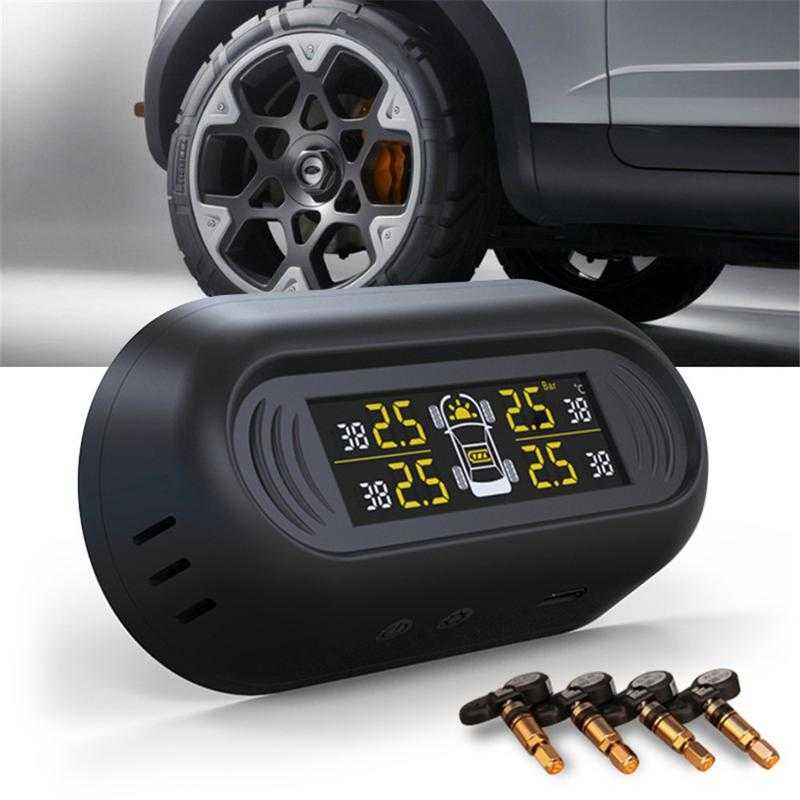
5. Self-diagnosis.
The pressure control system, although it operates as part of the ABS, also provides its own small self-diagnosis. Codes on those models where the DLC1 connector was still used are read in the standard Toyota way by the number of indicator flashes when the ignition is on and the "TC" and "E1" terminals are closed. Deleting codes is done in the same way as deleting ABS codes.
21 - Intake air temperature sensor (open/short)
31 - Speed sensor (malfunction)
42 - Stoplight switch (malfunction)
49 - Stop lamp switch (open circuit or short circuit)
It would seem, where does the temperature sensor and brake lights? In fact, the ABS control unit uses ambient temperature data to calculate its effect on tire pressure, and as for brake lights, when the brake is pressed, the system stops monitoring pressure.
Eugene, Moscow
© Legion-Avtodata
Comments and questions
can be directed to
arco@autodata. ru
ru
Service manual Toyota
 S.
S. 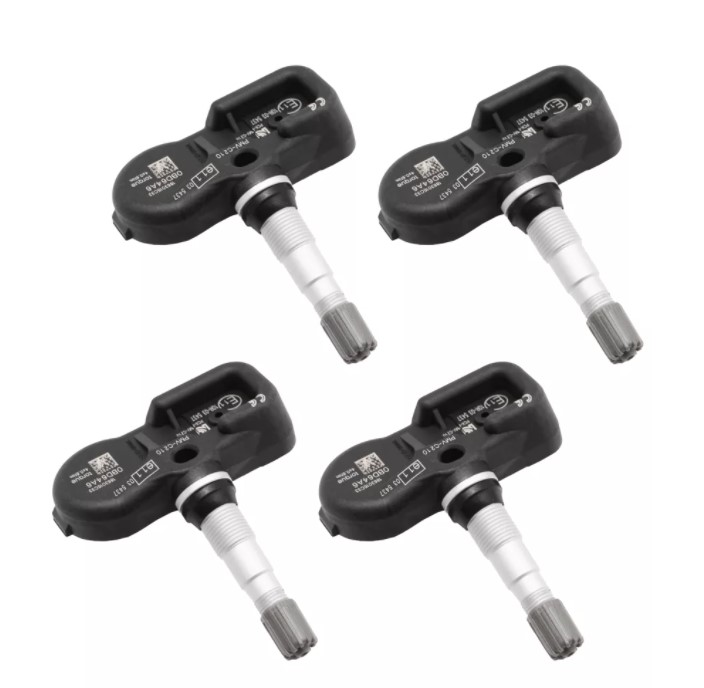 S.
S. | Vitaly Kabyshev, . Photo of manufacturers | |
| A punctured tire is always very annoying. But it is better to know about the flat tire in advance - this is where tire pressure sensors will help. |
The first patent for a tire was obtained in 1846, and since then the wheels have been constantly punctured. It is clear to anyone that a flat tire does not bode well. Yes, and dropped pressure can be very dangerous: it’s not for nothing that in the “Daily Maintenance” section of the car’s operating instructions, the item “Checking tire pressure” is one of the first.
When a tire "breathes", the rolling resistance increases significantly.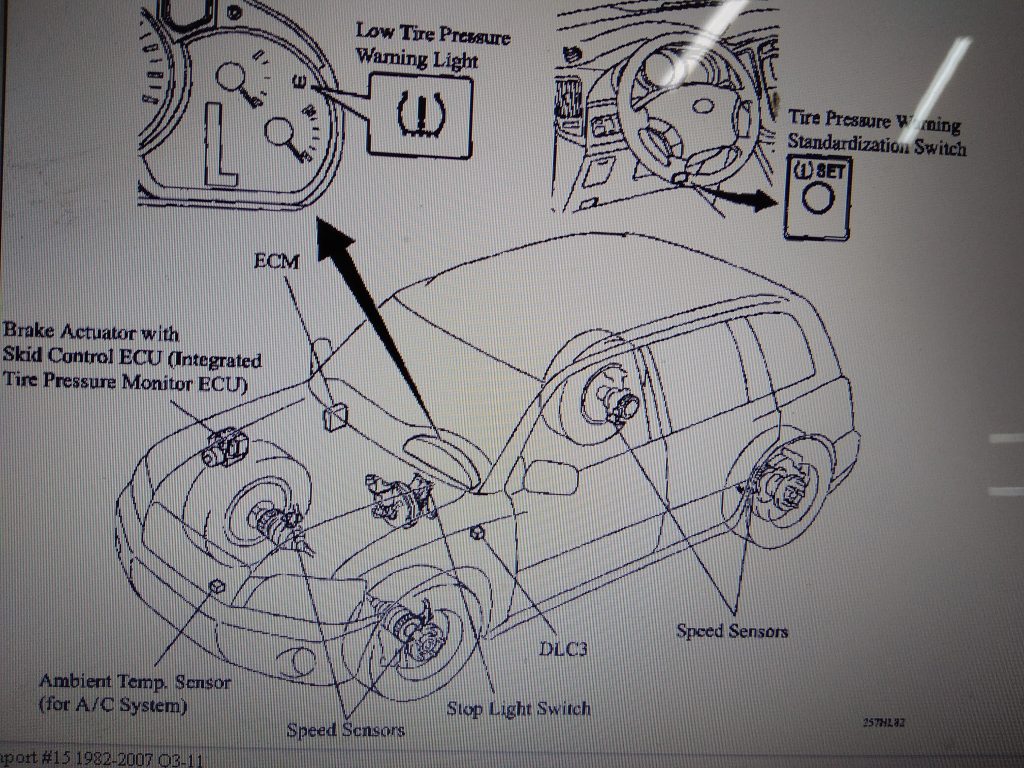 Where does this lead? To an increase in fuel consumption, increased tire wear and, of course, to the side slip of the car. Moreover, such a small drift to the side can be attributed to the slope of the road or rut. So the driver, by mistake or inexperience, can continue to move for quite some time. And the most dangerous thing about this is that in an emergency, for example, during a sharp maneuver or braking, a flat tire can break off the disc or turn over. And here it is not far from the accident.
Where does this lead? To an increase in fuel consumption, increased tire wear and, of course, to the side slip of the car. Moreover, such a small drift to the side can be attributed to the slope of the road or rut. So the driver, by mistake or inexperience, can continue to move for quite some time. And the most dangerous thing about this is that in an emergency, for example, during a sharp maneuver or braking, a flat tire can break off the disc or turn over. And here it is not far from the accident.
Therefore, this disgrace must be fought with all our might. And the sooner the driver notices the loss of pressure, the better. Of course, the easiest way is to check the pressure before the trip by connecting a pump or pressure gauge to each wheel in turn. But we are lazy and forgetful people. And the pleasure of poking around in the cold or in the rain with some kind of devices is small. Moreover, there is already a whole bunch of systems that can check this very pressure.
China-made caps indicate pressure loss by changing color. Informativeness is good, accuracy is questionable.
Informativeness is good, accuracy is questionable.
The simplest of them are special caps with color indicators, which are installed instead of the standard caps on the boost valves. The pressure dropped below, say, two atmospheres - a warning yellow (orange, purple) strip will appear under the transparent cap of such a miracle cap. Yeah, it's clear that something is wrong with the wheel, we need to check. The pressure has dropped even lower - the cap will “paint” in a different, usually red color, which will indicate the criticality of what is happening. The advantage of this approach is simplicity. Minus - not enough good information content. After all, the caps can only be seen during a stop. Still, getting around the car before the trip, looking at the colors of the caps, is much easier than measuring the pressure every time.
Another disadvantage is that the caps begin to inform about the change in pressure only when it falls below some certain values, which, by the way, can be quite normal for your car and your wheels.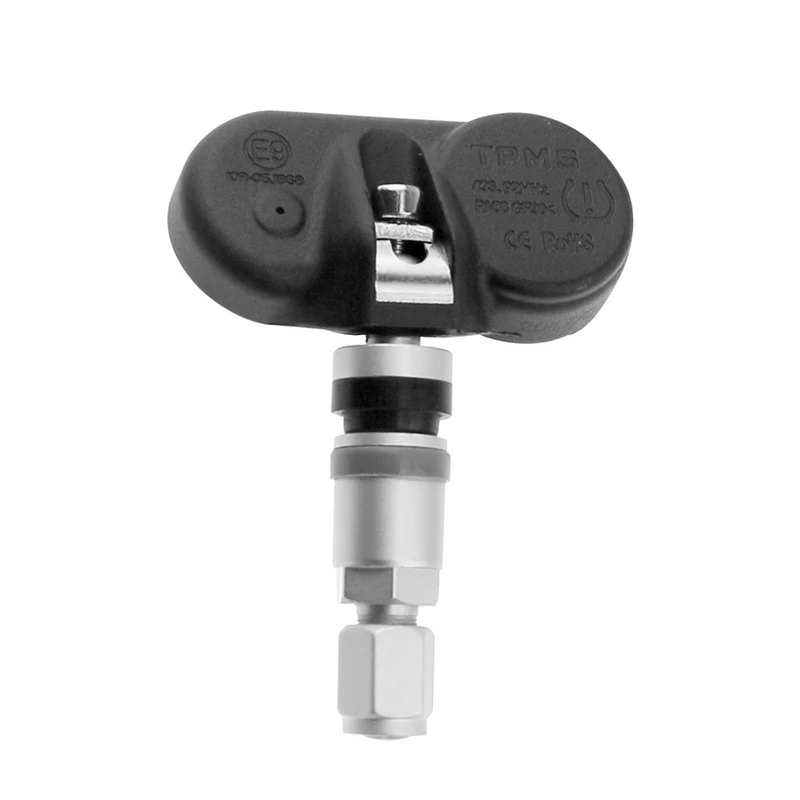 So, you need to select them exactly for your car.
So, you need to select them exactly for your car.
The radio sensors of many electronic monitoring systems are mounted on the disk using special clamps.
And in order to notice something wrong while driving, it would be nice to have an electronic system on board that would automatically notify you of dangerous pressure drops. And not just notify, but would do it on time (so that there was time to orient) and without false positives.
The installed control system in this case will warn the driver at the right time about a change in the corresponding parameter and give him enough time to stop the car safely. It is clear that in cases of a serious puncture or explosion of a tire, such systems will not help, since the driver will feel the car pull without any sensors. But with a “slow” puncture, such electronics are simply irreplaceable.
There are, for example, systems that transmit tire pressure and temperature data to the central unit via radio. And there are those who can transmit this data via Bluetooth to phones or communicators.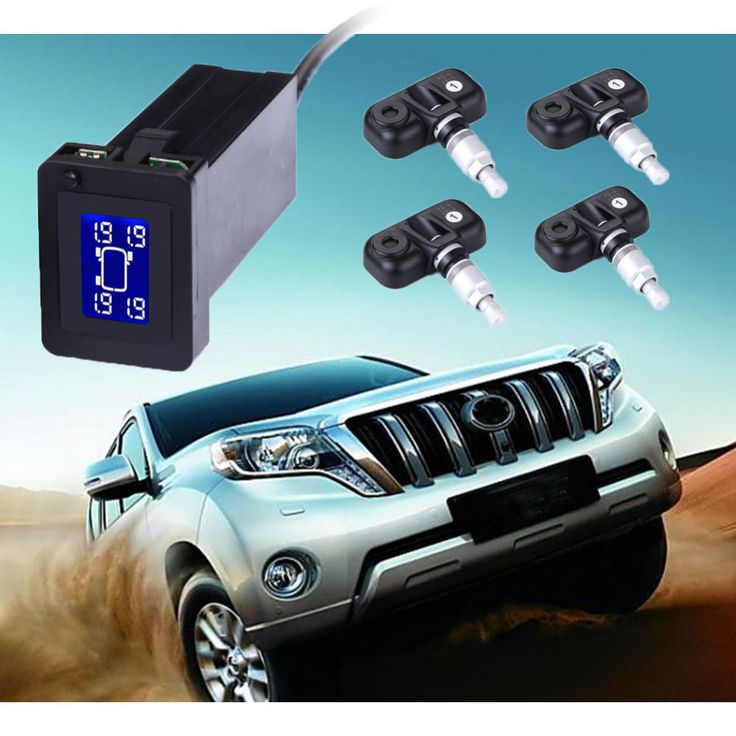 Well, it's very convenient.
Well, it's very convenient.
X-Pressure pressure monitoring system developed by Pirelli. In the simplest version of Optic, it consists of four caps that are installed on regular valves. And they signal a drop in pressure by a change in color.
But there are more tricky systems that work without "real" pressure sensors, but through ABS. It is they who are usually put in the standard configuration of cars. How do they work?
Electronics with the help of sensors determines the speed of the wheels and their relative difference at each moment of time. As you know, when the pressure drops, the height of the tire profile becomes lower. Consequently, the speed of rotation of the wheel with the "sick" tire increases, therefore, the difference in the frequencies of rotation of the wheels on the same axle also increases. As a result, the system captures these changes - and gives an alarm signal.
Acoustic X-Pressure system. Sensors are built into the caps that register pressure, and radio transmitters that provide communication with the central unit.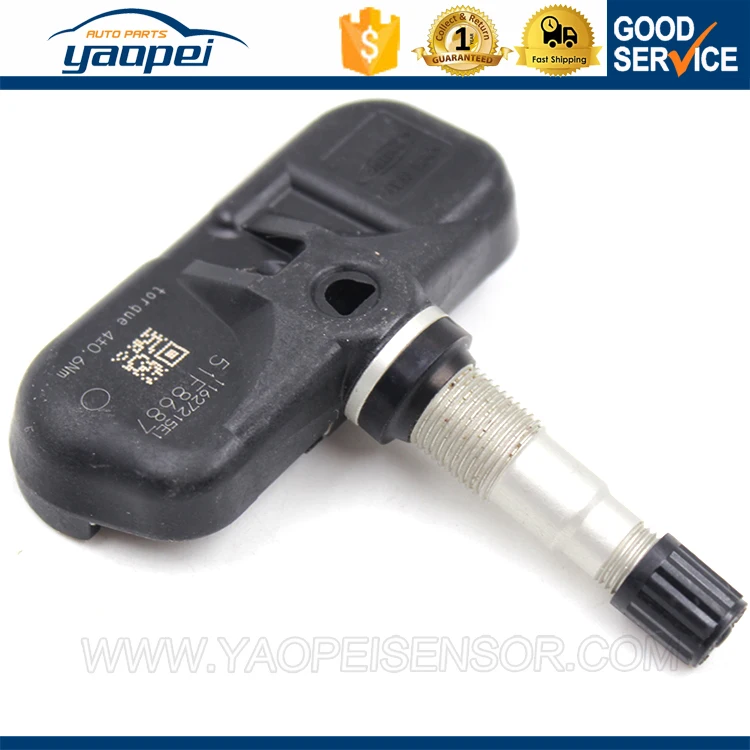 As soon as the pressure has dropped, a corresponding indication appears on the display of this unit and a warning sound signal is heard. Batteries in caps are enough for about 5 thousand hours of operation, which corresponds to five years of operation. Replacement of batteries in the caps is not provided, therefore, at the end of the service life, the set must be changed completely.
As soon as the pressure has dropped, a corresponding indication appears on the display of this unit and a warning sound signal is heard. Batteries in caps are enough for about 5 thousand hours of operation, which corresponds to five years of operation. Replacement of batteries in the caps is not provided, therefore, at the end of the service life, the set must be changed completely.
Why is this indirect method of determining tire pressure bad? Such systems can work, for example, in long turns, when for a relatively long time the system detects a large difference in the rotational speeds of the wheels of different sides (after all, the outer wheels spin at a higher speed than the inner ones). And these are flowers.
One of the more sophisticated X-Pressures, AcousticBlue can transmit pressure data via Bluetooth to a mobile phone. There is such a thing from 160 euros.
In some cases, such systems are useless at all. For example, when tires with run-flat technology are installed on a car.